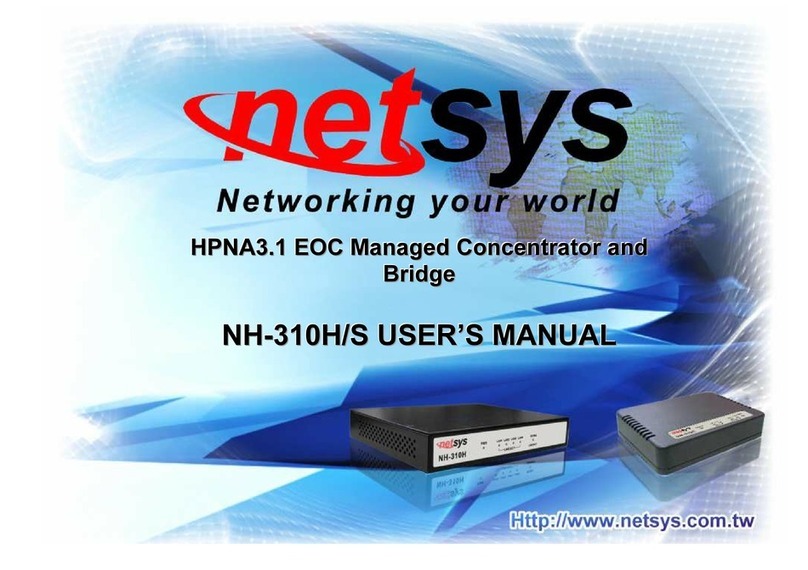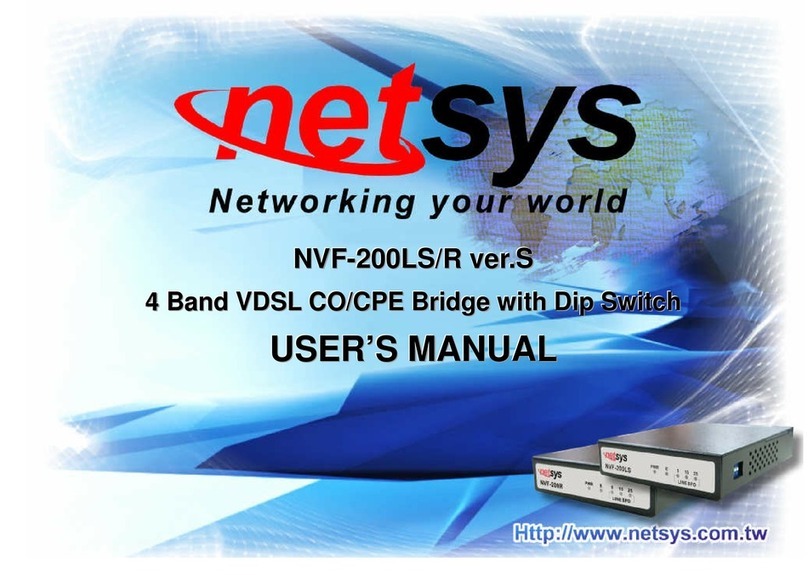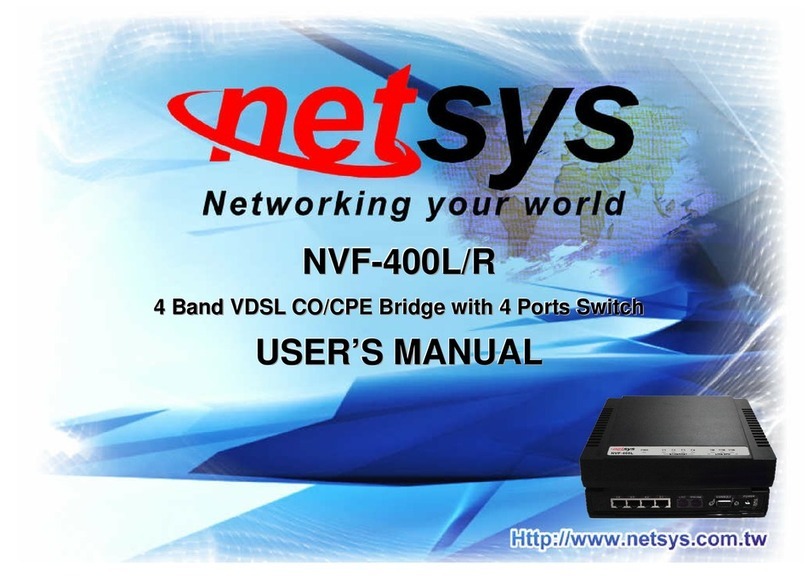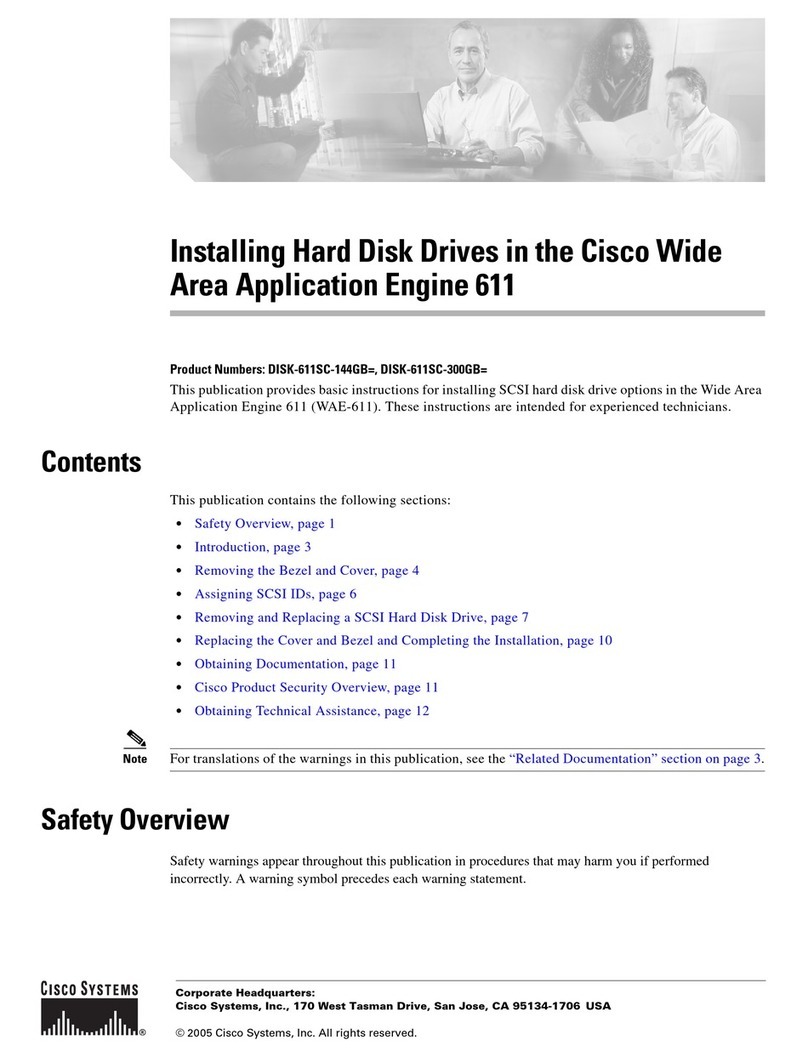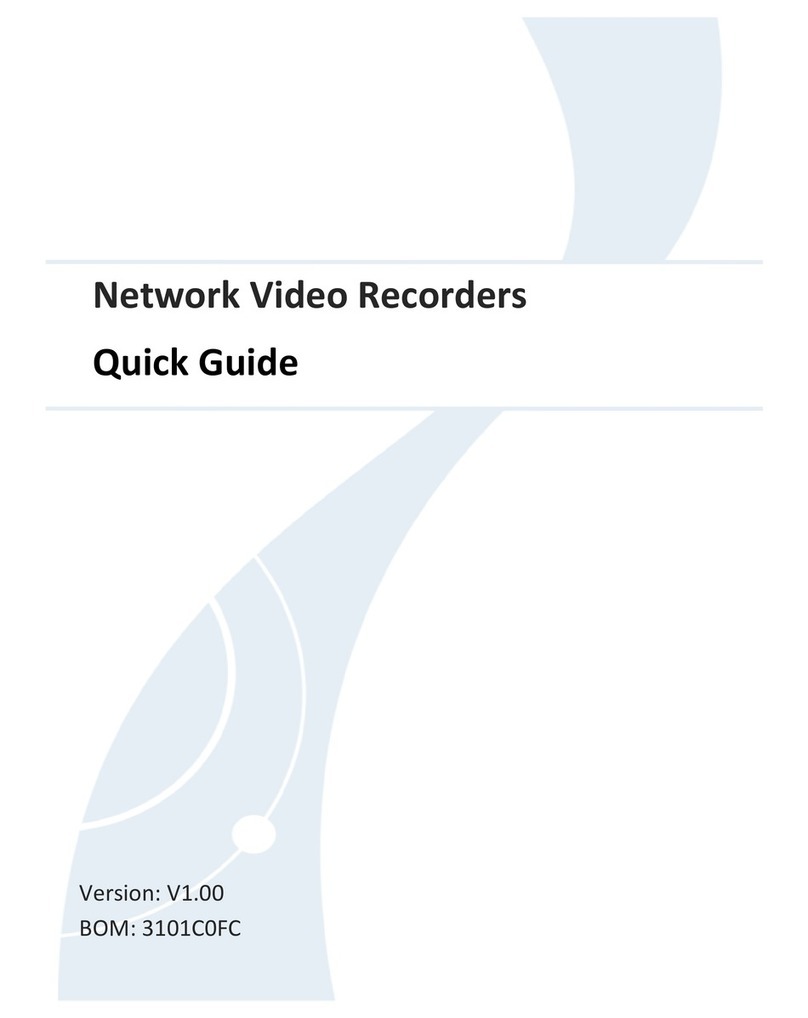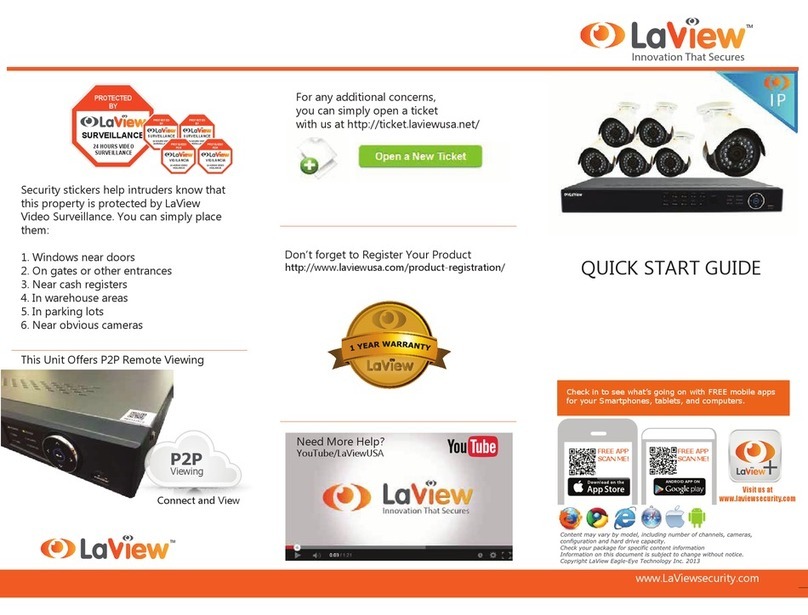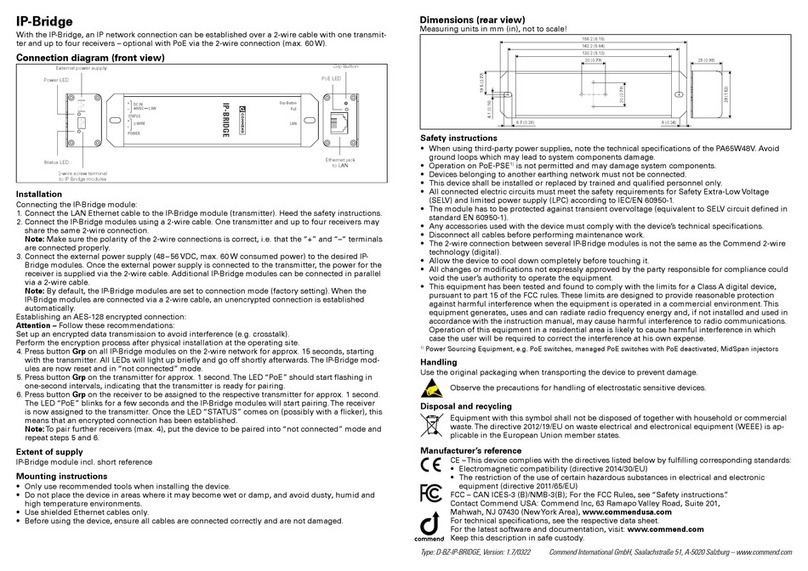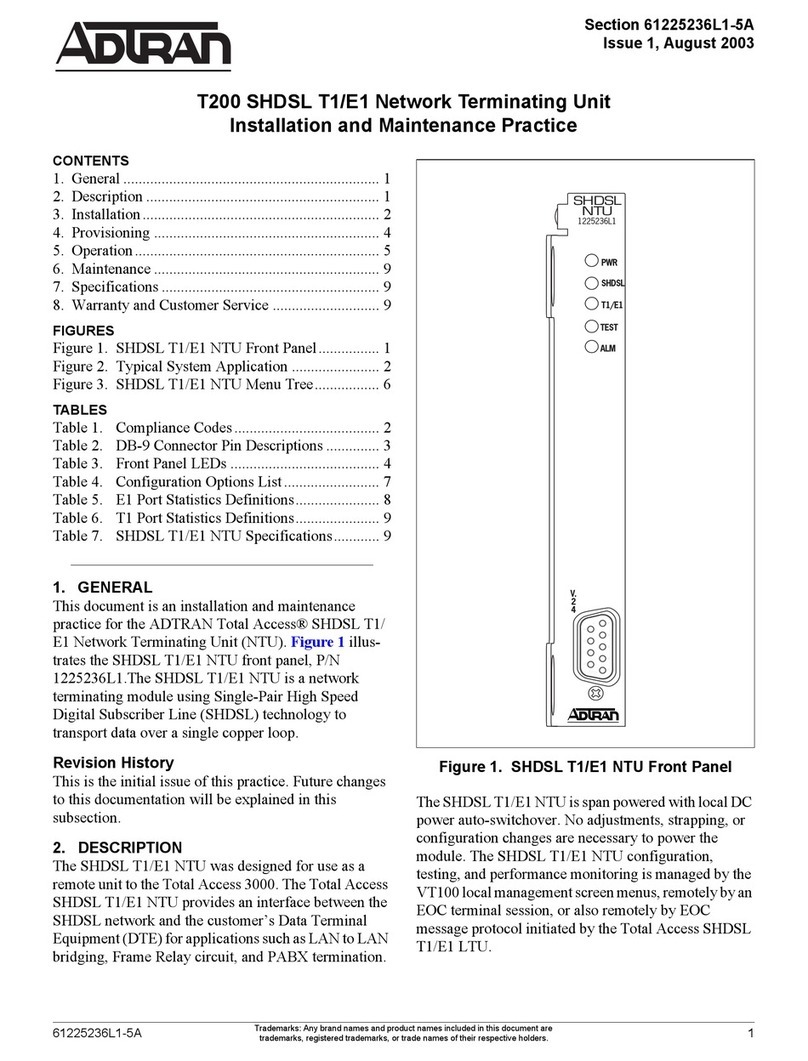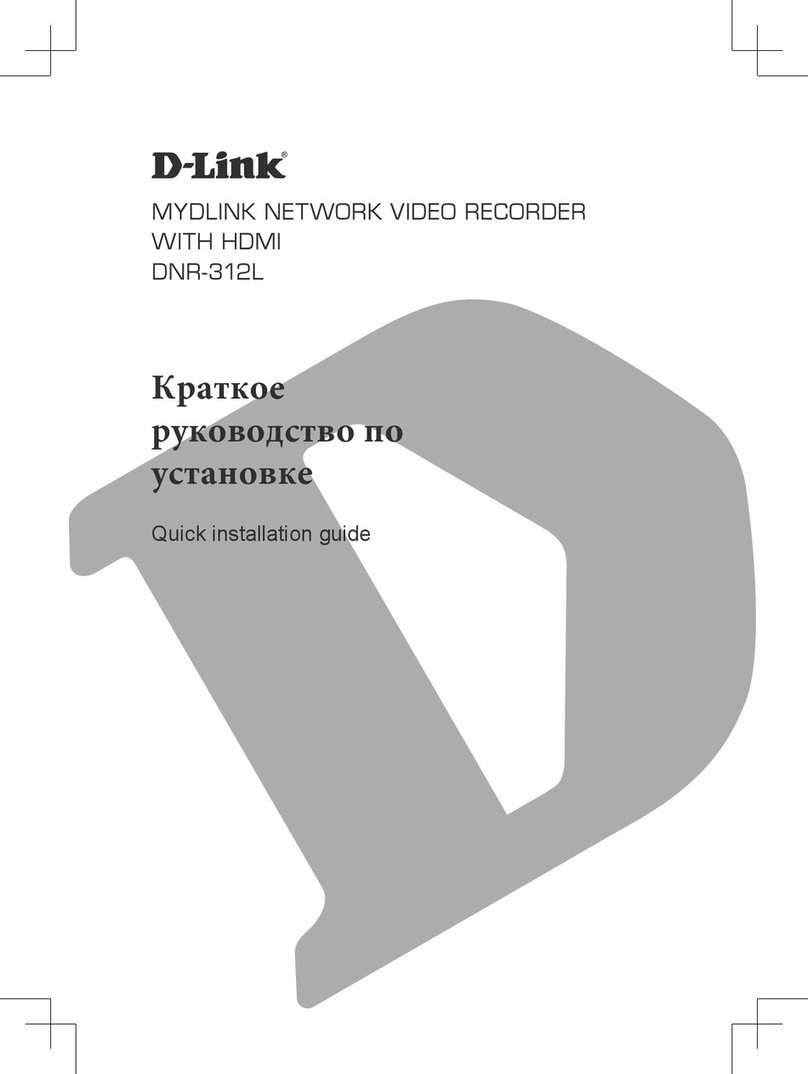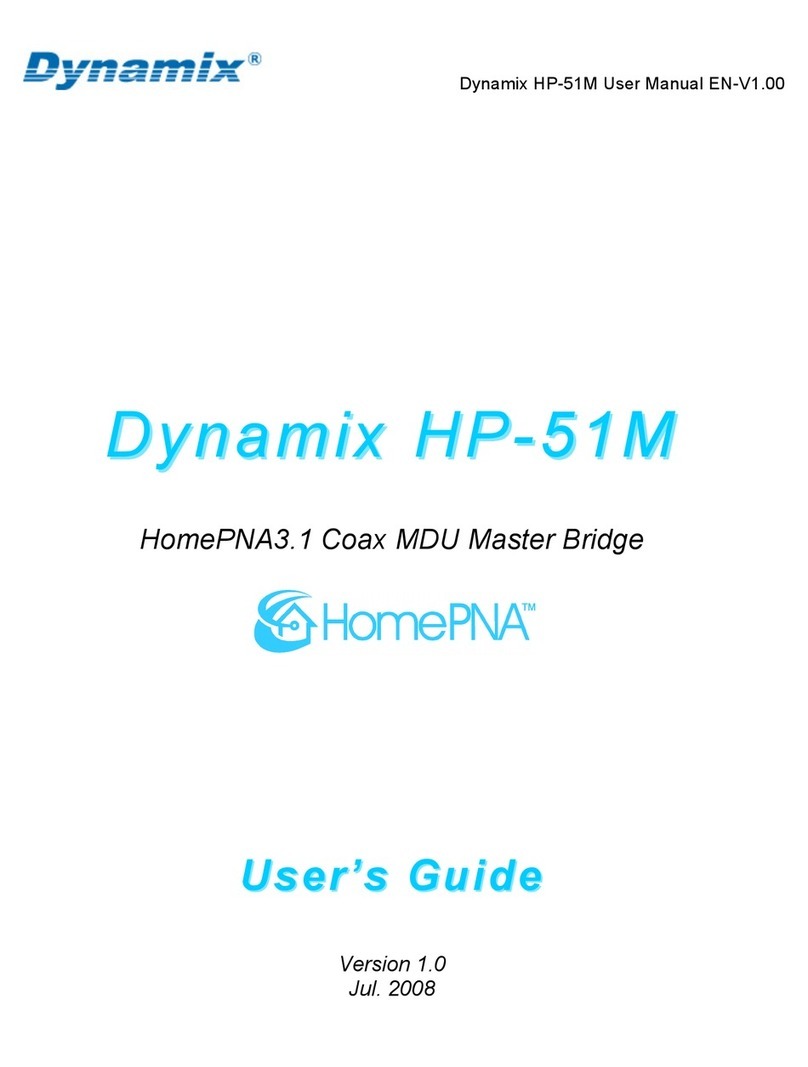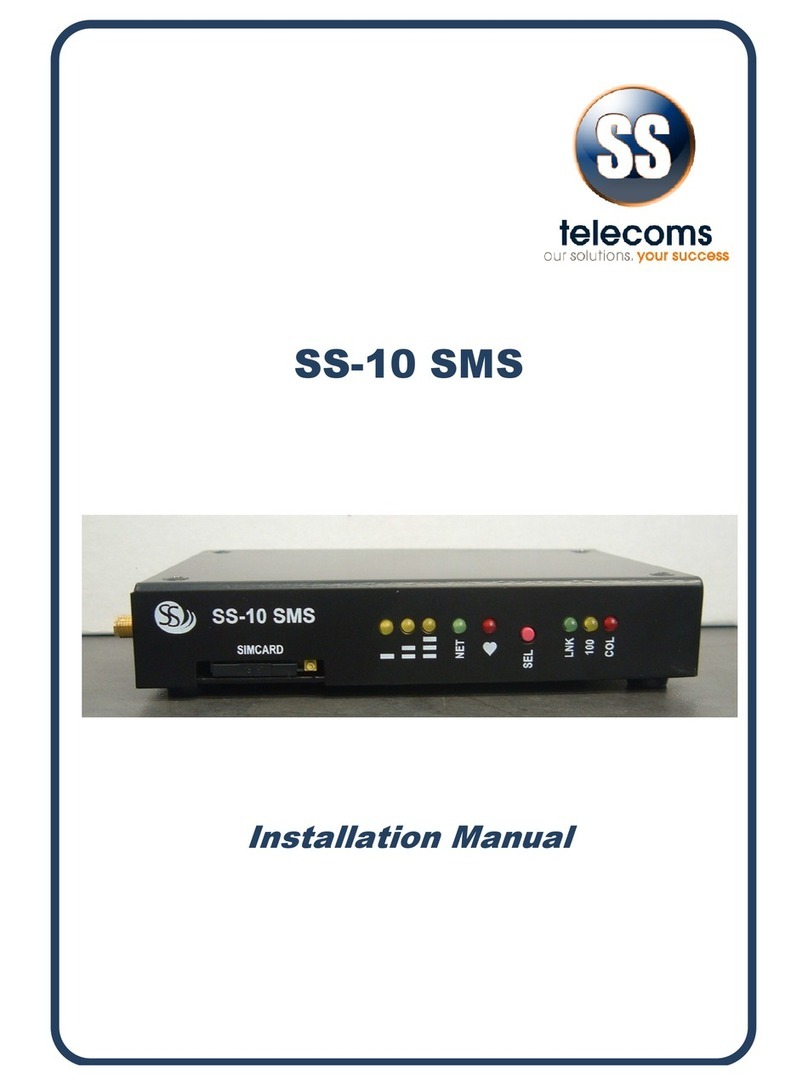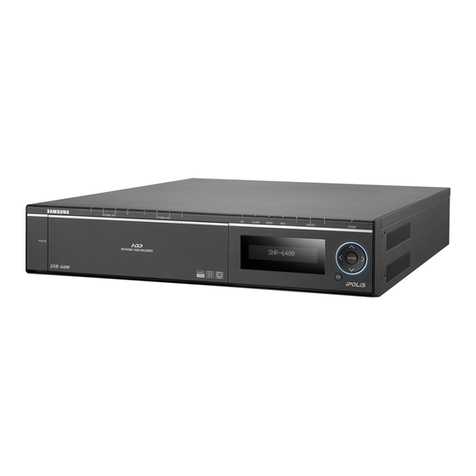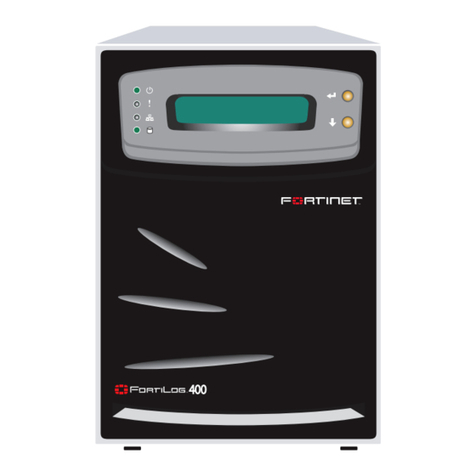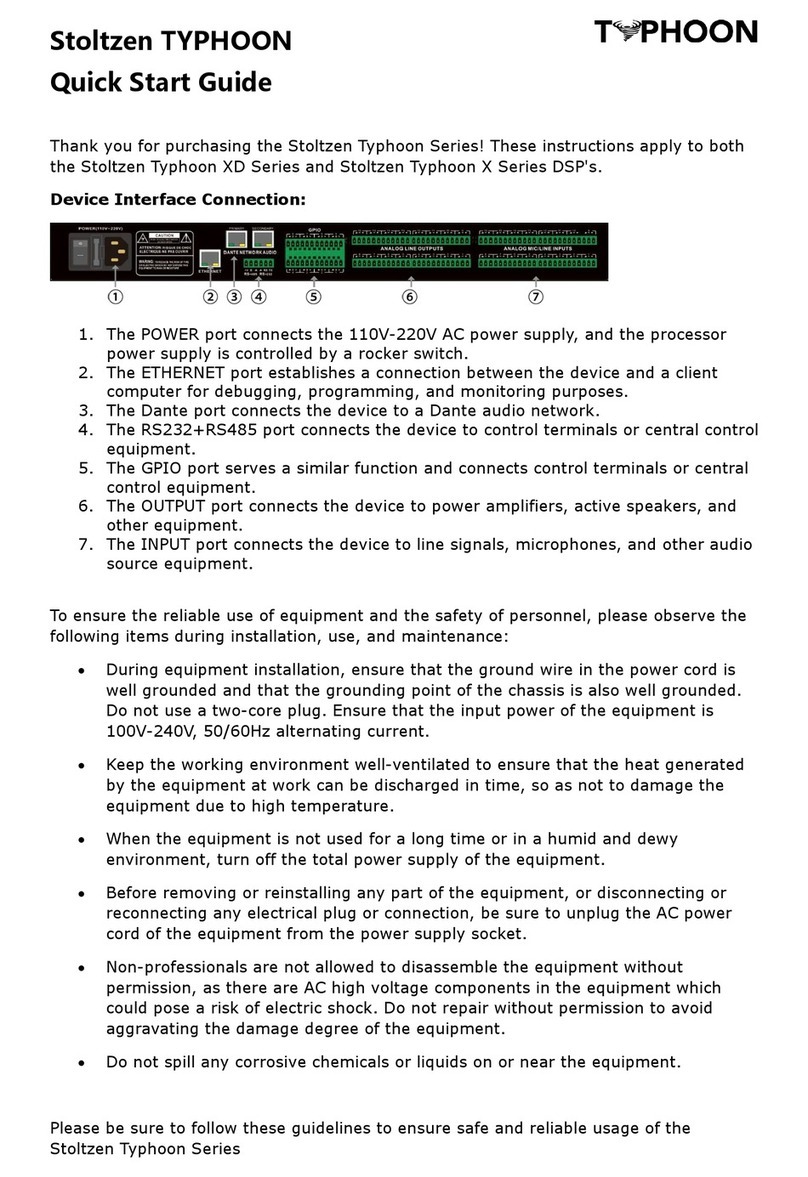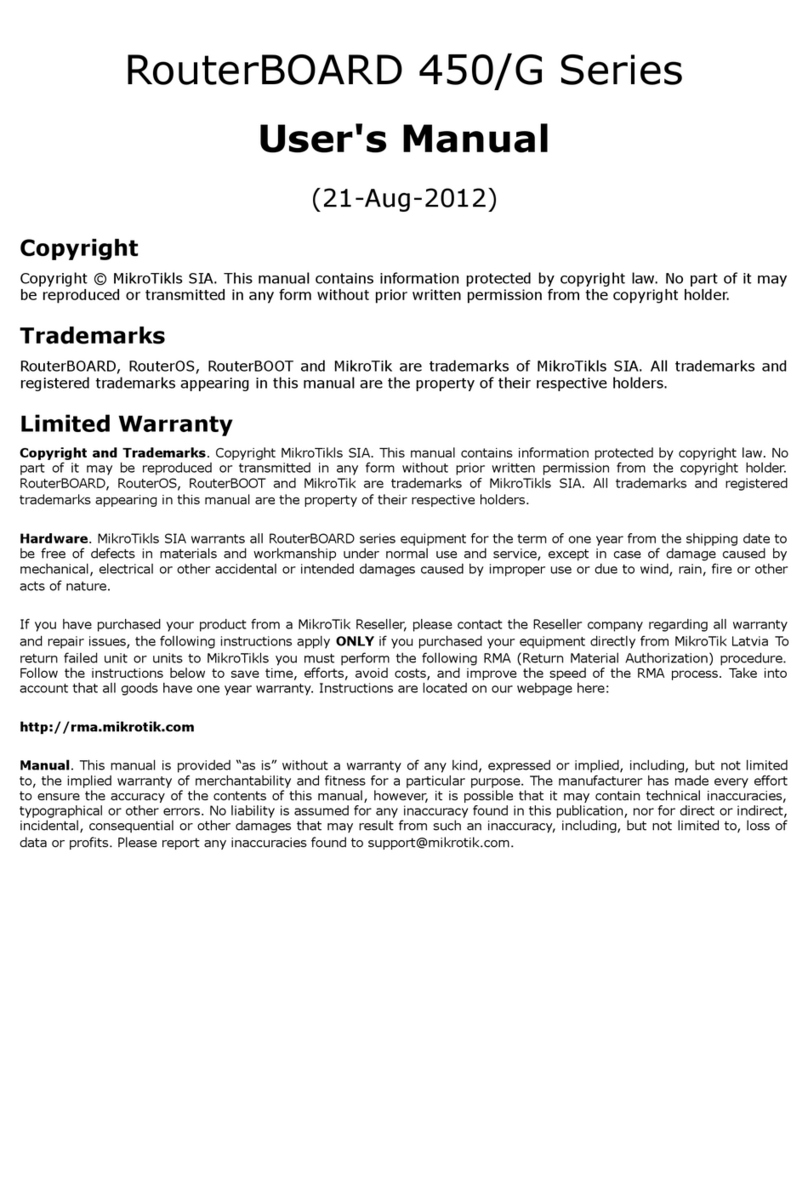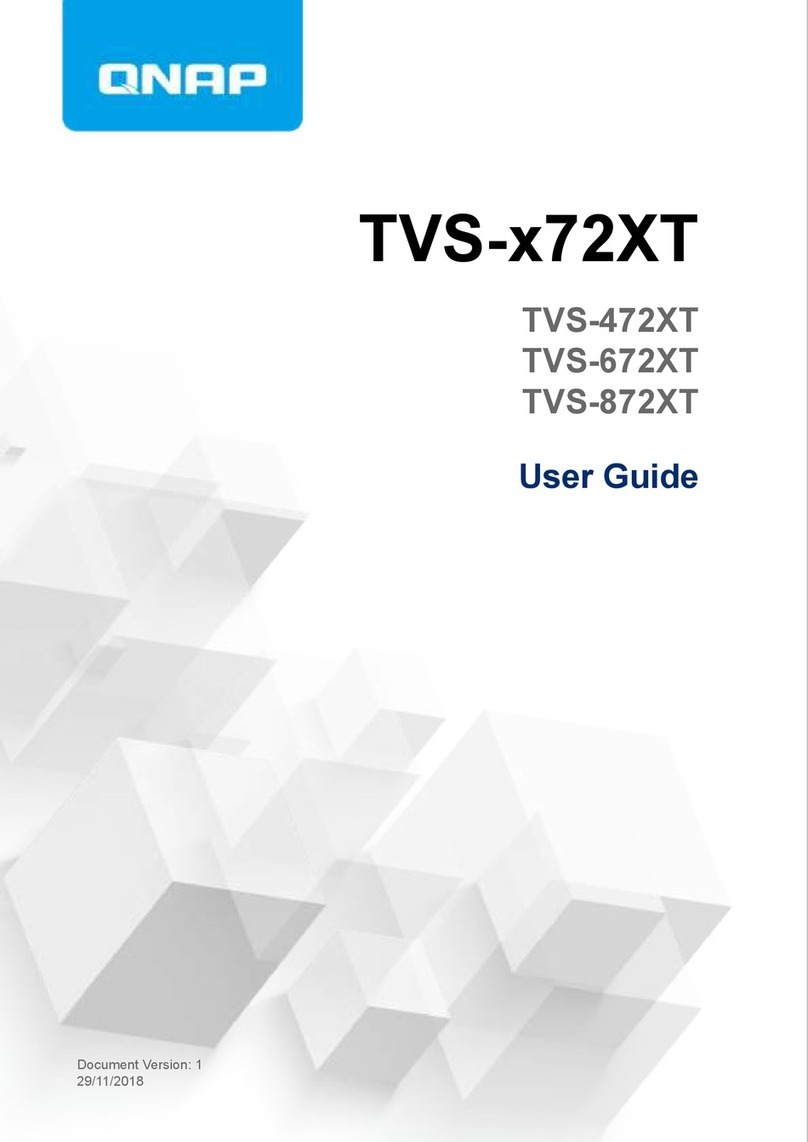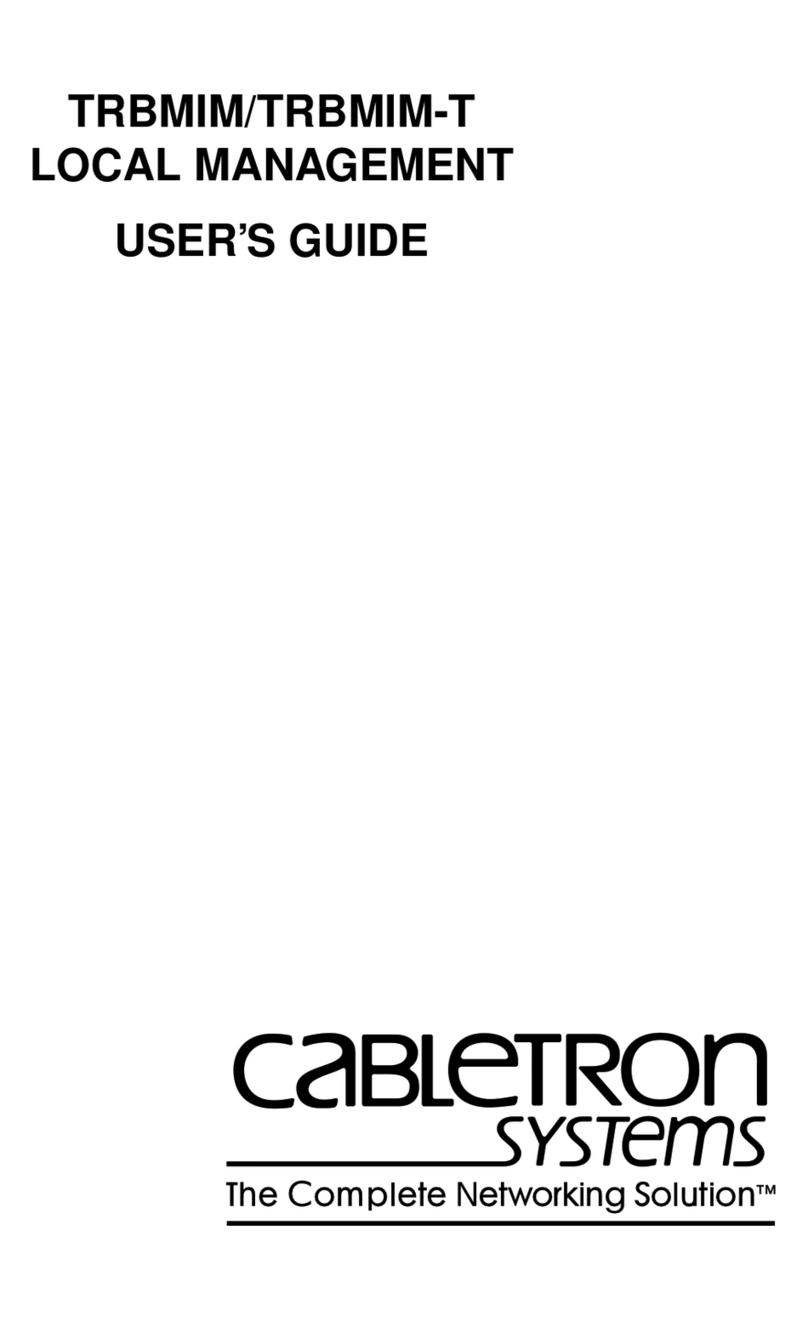netsys NV-202 User manual

N
N
NV
V
V-
-
-2
2
20
0
02
2
2
V
V
VD
D
DS
S
SL
L
L2
2
2
B
B
Br
r
ri
i
id
d
dg
g
ge
e
e
w
w
wi
i
it
t
th
h
h
D
D
DI
I
IP
P
P
S
S
Sw
w
wi
i
it
t
tc
c
ch
h
h
U
U
US
S
SE
E
ER
R
R’
’
’S
S
S
M
M
MA
A
AN
N
NU
U
UA
A
AL
L
L

NV-202 VDSL2 Bridge with DIP Switch USER’S MANUAL Ver. A4
1
Copyright
Copyright © 2012 by National Enhance Technology Corp. All rights reserved.
rademarks
NETSYS is a trademar of National Enhance Technology Corp.
Other brand and product names are registered trademar s or trademar s of their respective holders.
Legal Disclaimer
The information given in this document shall in no event be regarded as a guarantee of conditions or characteristics. With respect
to any examples or hints given herein, any typical values stated herein and/or any information regarding the application of the
device, National Enhance Technology Corp. hereby disclaims any and all warranties and liabilities of any ind, including without
limitation warranties of non-infringement of intellectual property rights of any third party.
Statement of Conditions
In the interest of improving internal design, operational function, and/or reliability, NETSYS reserves the right to ma e changes to
the products described in this document without notice. NETSYS does not assume any liability that may occur due to the use or
application of the product(s) or circuit layout(s) described herein.
Maximum signal rate derived from IEEE Standard specifications. Actual data throughput will vary. Networ conditions and
environmental factors, including volume of networ traffic, building materials and construction, and networ overhead, lower actual
data throughput rate. Netsys does not warrant that the hardware will wor properly in all environments and applications, and ma es
no warranty and representation, either implied or expressed, with respect to the quality, performance, merchantability, or fitness for
a particular purpose. Make sure you follow in line with the environmental conditions to use this product.

NV-202 VDSL2 Bridge with DIP Switch USER’S MANUAL Ver. A4
2
Foreword: VDSL2 solution
Attention:
Be sure to read this manual carefully before using this product. Especially Legal Disclaimer, Statement
of Conditions and Safety Warnings.
NV-202 is a VDSL2 single port bridge equipped with two 10/100Mbps Ethernet ports that provide an economical solution for
commercial-grade applications. Compliant with ITU-T G.993.2 VDSL2 standard, the NV-202 supports a maximum bandwidth of up to
100Mbps symmetric in VDSL2 Profile (30a) solution. The NV-202 also supports both central office (CO) and customer-premises
equipment (CPE) modes selectable through DIP Switch.
Since VDSL2 has the characteristic of higher bandwidth over shorter distances, the ideal architecture for Telecoms is to use fiber
optic lines as the bac bone and a VDSL2 line as the last mile into the home or office. With outstanding throughput, the NV-202 can
complement a fiber networ to offer the best solution for delivering Triple play(Video/Voice/Data) or home entertainment services.
Caution:
The NV-202 is for indoor applications only. This product does not have waterproof protection, please do not use in outdoor
applications.

NV-202 VDSL2 Bridge with DIP Switch USER’S MANUAL Ver. A4
3
Safety Warnings
For your safety, be sure to read and follow all warning notices and instructions before using the device.
DO NO open the device or unit. Opening or removing the cover may expose you to dangerous high voltage points or other
ris s. ONLY qualified service personnel can service the device. Please contact your vendor for further information.
Use ONLY the dedicated power supply for your device. Connect the power to the right supply voltage (110V AC used for
North America and 230V AC used for Europe.
Place connecting cables carefully so that no one will step on them or stumble over them. DO NOT allow anything to rest on
the power cord and do NOT locate the product where anyone can wor on the power cord.
DO NO install nor use your device during a thunderstorm. There may be a remote ris of electric shoc from lightning.
DO NO expose your device to dampness, dust or corrosive liquids.
DO NO use this product near water, for example, in a wet basement or near a swimming pool.
Connect ONLY suitable accessories to the device.
Make sure to connect the cables to the correct ports.
DO NO obstruct the device ventilation slots, as insufficient air flow may harm your device.
DO NO place items on the device.
DO NO use the device for outdoor applications directly, and ma e sure all the connections are indoors or have waterproof
protection place.
Be careful when unplugging the power, because it may produce spar s.
Keep the device and all its parts and accessories out of the reach of children.
Clean the device using a soft and dry cloth rather than liquid or atomizers. Power off the equipment before cleaning it.
This product is recyclable. Dispose of it properly.

NV-202 VDSL2 Bridge with DIP Switch USER’S MANUAL Ver. A4
4
ABLE OF CON EN S
COPYRIGHT ........................................................................................................................................................ 1
FOREWORD: VDSL2 SOLUTION ........................................................................................................................ 2
SAFETY WARNINGS ........................................................................................................................................... 3
CHAPTER 1. UNPACKING INFORMATION ......................................................................................................... 6
1.1 Chec List ......................................................................................................................................................................................6
CHAPTER 2. INSTALLING THE BRIDGE............................................................................................................. 7
2.1 Hardware Installation......................................................................................................................................................................7
2.2 Pre-installation Requirements ........................................................................................................................................................7
2.3 General Rules ................................................................................................................................................................................8
2.4 Connecting the Bridge....................................................................................................................................................................9
2.5 Connecting the RJ-11 / RJ-45 Ports .............................................................................................................................................10
2.6 VDSL2 bridge Application.............................................................................................................................................................12

NV-202 VDSL2 Bridge with DIP Switch USER’S MANUAL Ver. A4
5
CHAPTER 3. HARDWARE DESCRIPTION........................................................................................................ 13
3.1 Front Panel...................................................................................................................................................................................14
3.2 Front Indicators ............................................................................................................................................................................15
3.3 Rear Panel ...................................................................................................................................................................................16
APPENDIX A: CABLE REQUIREMENTS ........................................................................................................... 22
APPENDIX B: PRODUCT SPECIFICATION....................................................................................................... 24
APPENDIX C: DIN-RAIL MOUNT INSTALLATION.............................................................................................. 26
APPENDIX D: TROUBLESHOOTING ................................................................................................................ 27
APPENDIX E: COMPLIANCE INFORMATION ................................................................................................... 34
APPENDIX F: PERFORMANCE TABLE .......................................................................................................... 37
WARRANTY ....................................................................................................................................................... 39
CHINESE SJ/T 11364-2006................................................................................................................................ 40

NV-202 VDSL2 Bridge with DIP Switch USER’S MANUAL Ver. A4
6
CHAP ER 1.
UNPACKING INFORMA ION
1.1 Check List
Carefully unpac the pac age and chec its contents against the chec list.
Package Contents:
1 x NV-202 1 x QR code for user’s
manual hyperlin .
Accessory:
1 x Ehternet Cable, 4 x Rubber Feet , 1 x DC12V Adapter
Notes:
1. Please inform your dealer immediately for any missing or damaged parts. If possible, retain the carton including the
original pac ing materials. Use them to repac the unit in case there is a need to return for repair.
2. If the product has any issue, please contact your local vendor.
3. Do not use sub-standard power supply. Before connecting the power supply to the device, be sure to chec
compliance with specifications. The NV-202 uses a DC12V/1A power supply.
4. The power supply included in the pac age is commercial-grade. Do not use in industrial-grade applications.
5. If you would li e to use the telephone, please purchase a suitable external splitter and install to the line port.
6. Please loo for the QR code on the bottom of the product, the user can launch the QR code scanning program to
scan and download the user’s manual electronic format file. Above QR code icon is for reference.

NV-202 VDSL2 Bridge with DIP Switch USER’S MANUAL Ver. A4
7
Chapter 2. Installing the Bridge
2.1 Hardware Installation
This chapter describes how to install the bridge and establish the networ connections. The NV-202 may be installed
on any level surface (e.g. a table or shelf or rail). However, please ta e note of the following minimum site requirements
before one begin.
2.2 Pre-installation Requirements
Before you start the actual hardware installation, ma e sure you can provide the right operating environment, including
power requirements, sufficient physical space, and proximity to other networ devices that are to be connected.
Verify the following installation requirements:
• Power requirements: DC 12V power.
• The bridge should be located in a cool dry place, with at least 10cm/4in of space at the front and bac for
ventilation.
• Place the bridge away from direct sunlight, heat sources, or areas with a high amount of electromagnetic
interference.
• Chec if the networ cables and connectors needed for installation are available.
• Do not install phone lines strapped together with AC power lines, or telephone office line with voice signal.
• Avoid installing this device with radio amplifying station nearby or transformer station nearby.

NV-202 VDSL2 Bridge with DIP Switch USER’S MANUAL Ver. A4
8
2.3 General Rules
Before ma ing any connections to the bridge, please note the following rules:
• Ethernet Port (RJ-45)
All networ connections to the bridge Ethernet port must be made using Category 5 UTP/STP or above for
100Mbps, Category 3, 4 UTP for 10Mbps.
No more than 100 meters of cabling may be use between the MUX or HUB and an end node.
• VDSL2 Port (RJ-11)
All networ connections to the RJ-11port must use 24~26 gauge with twisted pair phone wiring.
We do not recommend the use of the telephone line 28 gauge or above.
The RJ-11 connectors have six positions, two of which are wired. The router uses the center two pins. The
pin out assignment for these connectors is presented below.
Please note that the line port is no polarity, therefore user can reverse the two wires of the phone cable
when installed.
RJ-11 Pin out Assignments
Pin# MNEMONIC FUNC ION
1 NC Unused
2 NC Unused
3 DSL Used
4 DSL Used
5 NC Unused
6 NC Unused_

NV-202 VDSL2 Bridge with DIP Switch USER’S MANUAL Ver. A4
9
• External Splitter
Our devices support both ISDN interfaces U(2w) and S/T(4w). When using an external splitter, ma e sure
that you are using one that is compatible with the interface you want to use.
2.4 Connecting the Bridge
The bridge has two Ethernet ports which support connection to Ethernet operation. The devices attached to these
ports must support auto-negotiation or 10Base-T or 100Base-TX unless they will always operate at half duplex. Use
any of the Ethernet ports to connect to devices such as Monitor system, Server, Switch, bridge or router.
Notes:
1. The RJ11 Line port is used to connect the telephone that is connected to VDSL2 CO and CPE bridge
(Point-to-point solution).
2. The Slave device (CPE) must be connected to the Master device (CO) through the telephone wire. The Slave
cannot be connected to another Slave, and the Master cannot be connected to another Master. Please confirm the
DIP switch status before the lin is established.

NV-202 VDSL2 Bridge with DIP Switch USER’S MANUAL Ver. A4
10
2.5 Connecting the RJ-11 / RJ-45 Ports
The line port has 2 connectors: RJ-45 and terminal bloc . It is used to connect with NV-202(CO) using a single pair phone cable
to NV-202(CPE) bridge side (point to point solution). Ta e note that NV-202 line port RJ-11 and terminal bloc cannot be used at
the same time. Either RJ-11 port is connected or terminal bloc is connected using straight connection (Figure 2.4) or cross-over
connection (Figure 2.5)
Figure 2.4 NV-202 line ports straight connection Figure 2.5 NV-202 line ports crossover connection
When inserting a RJ-11 plug, ma e sure the tab on the plug clic s into position to ensure that it is properly seated.
Do not plug a RJ-11 phone jac connector into the Ethernet port (RJ-45 port). This may damage the bridge. Instead, use only
twisted-pair cables with RJ-45 connectors that conform to Ethernet standard.

NV-202 VDSL2 Bridge with DIP Switch USER’S MANUAL Ver. A4
11
Notes:
1. Be sure each twisted-pair cable (RJ-45 ethernet cable) does not exceed 100 meters (333 feet).
2. We advise using Category 5~7 UTP/STP cables for Cable bridge or Bridge connections to avoid any confusion
or inconvenience in the future when you attached to high bandwidth devices.
3. Use 24 ~ 26 gauge twisted pair phone wiring, we do not recommend 28 gauge or above.
4. Be sure the phone cable has been installed before NV-202 is powered on.

NV-202 VDSL2 Bridge with DIP Switch USER’S MANUAL Ver. A4
12
2.6 VDSL2 bridge Application
The bridge’s line port supports 100Mbps for data service across existing phone wiring. It is easy-to-use which do not requires
installation of additional wiring. Every modular phone jac in the home can become a port on the LAN. Networ ing devices can be
installed on a single telephone wire that can be installed within suitable distance (depends on speed) (Figure 2.6)
Figure 2.6 NV-202 point to point applications

NV-202 VDSL2 Bridge with DIP Switch USER’S MANUAL Ver. A4
13
Chapter 3. Hardware Description
This section describes the important parts of the bridge. It features the front panel and rear panel.
NV-202 Outward

NV-202 VDSL2 Bridge with DIP Switch USER’S MANUAL Ver. A4
14
3.1 Front Panel
The front panel provides a simple interface monitoring of the bridged. (Figure 3.1)
Figure 3.1 Front Panel
ip:
At a quick glance of the front panel, it is easy to determine if it has Ethernet signal from its RJ-45 port and
if there is vdsl line signal on RJ-11 port.
And the table shows the description. (Table 3-1)
able 3-1 Description of the bridge front connectors
Connectors ype Description
LAN1 / LAN2 RJ-45 For connecting to an Ethernet equipped device.
Line RJ-11/Terminal Bloc
For connecting to VDSL2 bridge. (Do not use RJ11 and Terminal
Bloc at the same time.)

NV-202 VDSL2 Bridge with DIP Switch USER’S MANUAL Ver. A4
15
3.2 Front Indicators
The bridge has Eight LED indicators. The following Table shows the description. (Table 3-2)
able 3-2 LED Indicators Description and Operation
LED Color Status Descriptions
On(Steady) Lights to indicate that the VDSL2 bridge had power
PWR
(Power LED) Green Off The device is not ready or has malfunctioned.
On(Steady) The device has a good Ethernet connection.
Blin ing The device is sending or receiving data.
LAN 1-2
(Ethernet LED) Green
Off The LAN is not connected.
CO (Local Side)
(CO LED) Green On(Steady) Indicate the VDSL2 bridge is running at CO(Master) mode.
CPE (Remote Side)
(CPE LED) Green On(Steady) Indicate the VDSL2 bridge is running at CPE(Slave) mode.
On(Steady) The Internet or networ connection is up.
Blin ing slowly The CO device is auto-detecting CPE device.
Blin ing fastly 1. The CO device has detected a CPE device and ready to connect.
2. The device is sending or receiving data.
LINE
(VDSL LINK LED) Green
Off The Internet or networ connection is down or has malfunctioned.
Note:
It is normal for the connection between two bridged to ta e up to 3 minutes, due to NV-202 to establish a lin mechanism in
auto-negotiation, that detects and calculates CO and CPE both PBO and PSD level, noise levels and other arguments for getting a
better connection.

NV-202 VDSL2 Bridge with DIP Switch USER’S MANUAL Ver. A4
16
3.3 Rear Panel
The following figure shows the rear panel. (Figure 3.2)
Figure 3.2 Rear Panel
And the table shows the description. (Table 3-3)
able 3-3 Description of the bridge front connectors
Connectors ype Description
Power DC Power Jac External Power Adapter: Input: AC 85~240Volts/50~60Hz
Output: DC 12V/1A
DIP Switch 4 Pins DIP Switch Provide 4 selectable transmission modes.
Ground Earthing strip Please connect the ground lug to the earth. To prevent an electric
shoc when user touches.
The following figure shows the DIP switch connection. By switching the transmission modes, you can obtain a best transmission
mode to suit with phone line quality or distance or connectivity. (Figure 3.3)

NV-202 VDSL2 Bridge with DIP Switch USER’S MANUAL Ver. A4
17
Figure 3.3 DIP switch setting
The following is table of DIP Switch configuration. (Table 3-4)
able 3-4 DIP Switch Configuration
Pin 1 Pin 2 Pin 3 Pin 4
On/OFF
CO/CPE Mode Band SNRM Interleave / INP
On CO Mode High Band 9db 8ms / INP=2
Off CPE Mode Low band 6db 1ms / INP=0
Note:
1. The DIP switch default values are OFF.
2. Please power off NV-202, before ma ing any transmission mode configuration.

NV-202 VDSL2 Bridge with DIP Switch USER’S MANUAL Ver. A4
18
PIN1:
ON: CO (Central Office) Mode or called Local Side, usually the CO device will be located at the data enter of enterprise to lin to the
bac bone.
OFF: CPE (Customer Premises Equipment) Mode or called Remote Side, usually the CPE side will be located at factory, weather
station, and train station as the long reach data receiver.
ip:
When the NV-202 operates at CPE mode, the DIP switch 2, 3, 4 has no function.
PIN2:
ON: High Band Mode (500KHz to 30MHz), and enable VDSL2 spectrum is 500KHz to 30MHz. It can pass through ISDN spectrum(0
~ 499KHz are empty).
OFF: Low Band Mode (300KHz to 30MHz), the NV-202 will auto-detect the cable length and auto choice speed mode.
PIN3:
When SNR margin is selected, the system provide 6db/9db SNR margin for across all usable loop length. Please note that the 6db
SNR margin is for telecom standard. Generally spea ing, the higher SNR value gets better line quality, but lower performance.
PIN4:
ON: Interleaved mode has a maximum end to end latency of 8m sec and INP=2. When field environment has heavy noise, in order
to obtain high lin quality, user can config pin4 to “ON”, but this function will reduce performance.
OFF: Interleaved mode provides impulse noise protection for any impulse noise with duration less than 1ms.

NV-202 VDSL2 Bridge with DIP Switch USER’S MANUAL Ver. A4
19
IP(Reference Only):
Interleave delay function is used in digital data transmission technology to protect the transmission against noise issue
and data error.
If during transit more than a certain amount of data has been lost then the data cannot be correctly decoded. Short bursts
of noise on the line can cause these data pac ets to become corrupt and the bridge has to re-request data which in turn
can slow down the overall rate at which data is transmitted.
Interleaving is a method of ta ing data pac ets, chopping them up into smaller bits and then rearranging them so that
once contiguous data is now spaced further apart into a non continuous stream. Data pac ets are re-assembled by your
bridge.
The diagram below is an example of how interleaved traffic is transmitted.
If your line is particularly susceptible to bursts of noise then interleaving should improve your VDSL2 experience simply
because if you lose a whole batch of data then this could cause your bridge to loose sync with the exchange.
Using Interleaving, the bridge is able to re-assemble the data or if necessary just re-request the part of the data that it is
unable to recover. By increasing the interleave depth of each ports that are susceptible to noise, this will improve error
performance and stability of marginal lines.
Table of contents
Other netsys Network Hardware manuals

